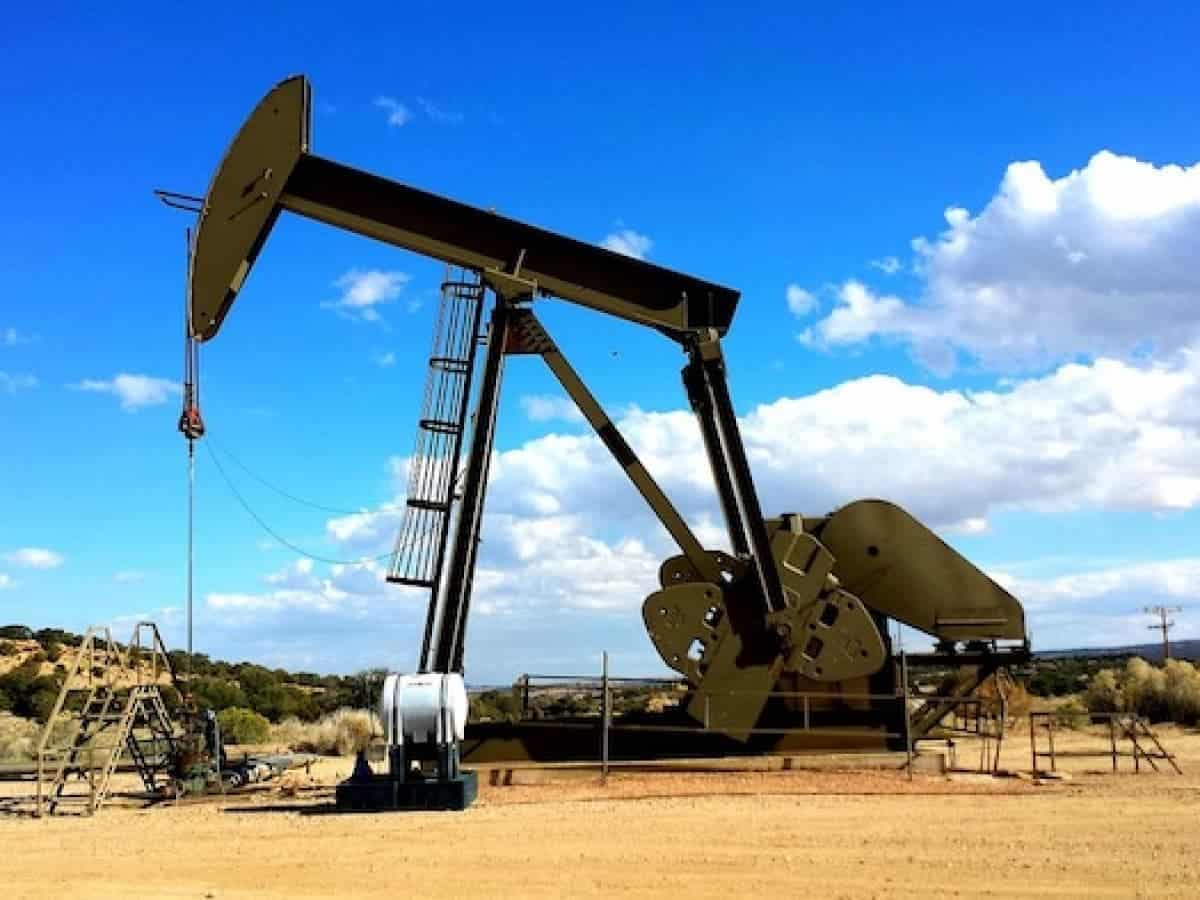
Just as the U.S. shale industry is slowing down, oil production in other non-OPEC countries is on the rise.
Output in U.S. shale grew substantially in 2019, although at a slower rate than in years past. More importantly, as investors lose interest and capital markets become unfriendly, shale E&Ps are going to have an increasingly difficult time financing drilling outside of their own cash flow. As companies are forced to cutback in the pursuit of positive cash flow, supply growth will likely slow even further.
For the last few years, global supply balances often centered on the pace of demand growth versus the pace of U.S. shale growth. Chronic supply surpluses occurred because shale grew much faster than consumers could digest it. OPEC+ felt compelled to cut back several times – and on an ongoing basis – in order to try to balance out the difference.
Going into 2020, however, other countries are joining the supply growth mix, just as U.S. shale taps the brakes. “On the one hand, mature areas have seen small and large scale project additions, leading to multi-year highs in the Norwegian North Sea, Gulf of Mexico, and Brazil,” JBC Energy wrote in a note. Oil companies continue to funnel money into Norway and the Gulf of Mexico because they have cut costs, while in Brazil new pre-salt fields come online.
“Furthermore, we have seen some countries stabilising their output after yearlong series of declines, such as Mexico and China,” JBC said.
In addition, ExxonMobil just started production at its Liza field in Guyana, adding 120,000 bpd. That is expected to ramp up to 750,000 bpd over the coming years.
Altogether, 2020 could turn out to be the largest supply increase from non-OPEC countries outside of the U.S. in 15 years at 820,000 bpd, according to JBC. “In the meantime, US shale growth has seemingly hit its boundaries in 2019,” the firm added. To be sure, JBC still sees the U.S. adding 850,000 bpd in 2020, but that is sharply lower than what the industry added in the past few years.
The outlook is consistent with that of other analysts. Rystad Energy said that U.S. shale investment could contract by 12 percent in 2020, while spending offshore could increase by 5 percent. In fact, deepwater is the only segment that is expected to see a spending increase in 2020.
Meanwhile, the threat of climate change and energy transition is not going away. Big banks are starting to tighten the screws on fossil fuels, which could increase the cost of capital. So far, this has been a problem for coal, and not so much oil and gas. But that could change. “Climate change and investors are the two big challenges,” said Scott Sheffield, chief executive of Pioneer Natural Resources Co., according to the Wall Street Journal.
Spending on long-lived offshore projects flies in the face of this trend, but the industry continues to bet against climate action. Rystad says that any oil project with a breakeven price over $60 per barrel will unviable through the 2020s.
In the meantime, supply is still growing at a faster pace than demand. The IEA says that the oil market could remain in a state of surplus on the order of 0.7 million barrels per day (mb/d) in the first quarter of 2020, and that even takes into account the additional 500,000 bpd cuts that were recently announced by OPEC+. Presumably, if the cuts are not extended beyond the first quarter when they are set to expire, the surplus would balloon.
The industry is ploughing forward, even as some investors have turned away. Renewable energy stocks outperformed oil and gas in the past year, and it wasn’t even close. Next year could turn out to be the year of the electric car with dozens of new models rolling off assembly lines, according to some analysts. As renewables – and EVs in particular – continue to gain market share, the threat to demand only grows with time.
